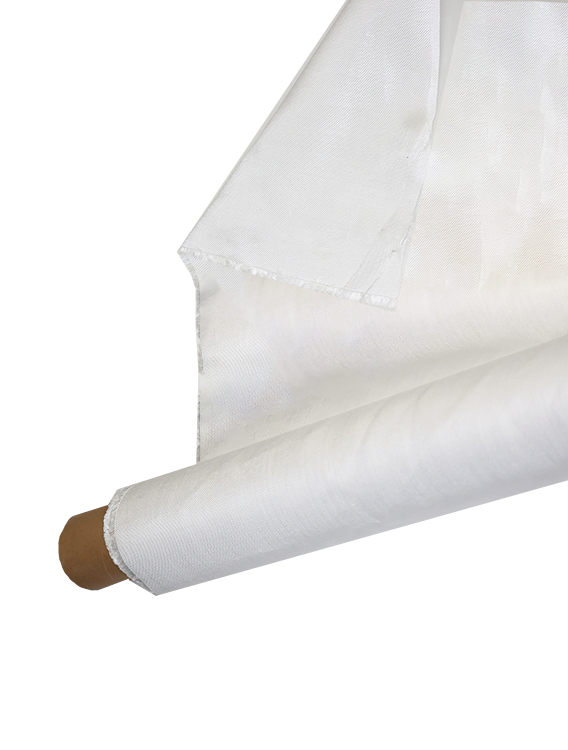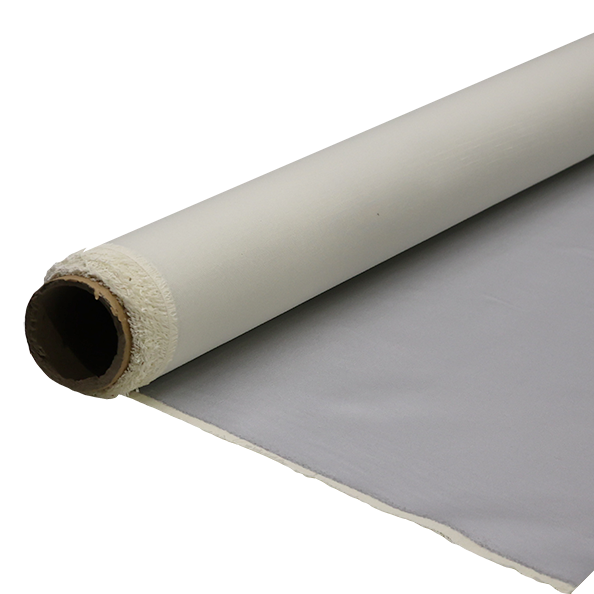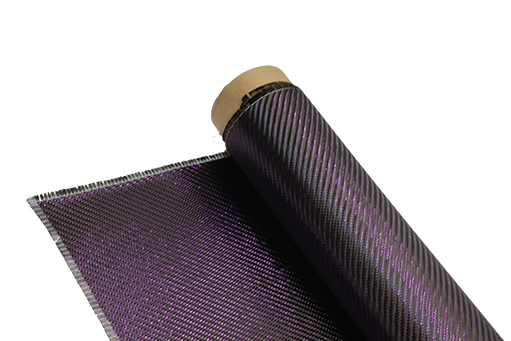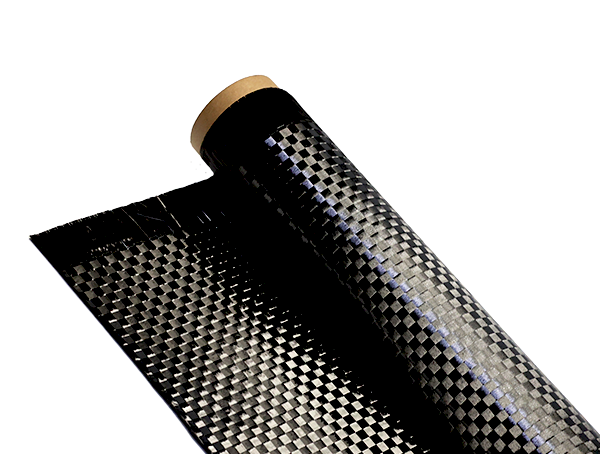ما الذي يجعل ألياف الكربون مناسبة لفرامل السباق؟
-
جدول المحتويات
“Unmatched heat resistance and lightweight strength: Carbon-Carbon Fiber, the ultimate choice for racing brakes.”
مقدمة
Carbon-carbon fiber is an advanced composite material that has gained prominence in the automotive racing industry, particularly for high-performance braking systems. Its unique properties, including exceptional thermal stability, lightweight nature, and high strength-to-weight ratio, make it an ideal choice for racing brakes. Carbon-carbon fiber can withstand extreme temperatures and repeated thermal cycling without significant degradation, ensuring consistent performance under the intense conditions of racing. Additionally, its ability to provide superior friction characteristics and reduced weight contributes to improved vehicle handling and acceleration. These attributes collectively enhance the overall performance and safety of racing vehicles, making carbon-carbon fiber a preferred material for elite motorsport applications.
High Thermal Stability
Carbon-carbon fiber has emerged as a pivotal material in the realm of racing brakes, primarily due to its exceptional thermal stability. This characteristic is crucial in high-performance racing environments, where brakes are subjected to extreme temperatures and stresses. The ability of carbon-carbon fiber to maintain its structural integrity and performance under such conditions sets it apart from traditional brake materials, making it a preferred choice among racing teams and manufacturers.
To understand the significance of thermal stability in racing brakes, it is essential to consider the operational environment of a race car. During a race, brakes are repeatedly engaged and disengaged, leading to rapid temperature fluctuations. Conventional materials, such as cast iron or aluminum, often struggle to cope with these extremes, resulting in brake fade, reduced performance, and, ultimately, compromised safety. In contrast, carbon-carbon fiber exhibits remarkable resistance to thermal degradation, allowing it to withstand the intense heat generated during braking without losing its effectiveness.
The thermal stability of carbon-carbon fiber is largely attributed to its unique composition and structure. This material is created by combining carbon fibers with a carbon matrix, which is then subjected to high temperatures in a controlled environment. This process not only enhances the material’s strength but also ensures that it can endure the thermal stresses encountered in racing applications. As a result, carbon-carbon fiber maintains its mechanical properties even at temperatures exceeding 1,000 degrees Celsius, a feat that is unattainable for many other materials.
Moreover, the lightweight nature of carbon-carbon fiber further contributes to its suitability for racing brakes. In motorsport, every ounce of weight matters, as it directly impacts acceleration, handling, and overall performance. The low density of carbon-carbon fiber allows for the creation of brake components that are both strong and lightweight, enabling race cars to achieve optimal performance without the burden of excessive weight. This combination of high thermal stability and low weight not only enhances braking efficiency but also improves the overall dynamics of the vehicle.
In addition to its thermal stability and lightweight properties, carbon-carbon fiber also offers excellent thermal conductivity. This characteristic is vital in dissipating heat generated during braking, thereby preventing overheating and ensuring consistent performance throughout a race. The ability to manage heat effectively means that drivers can rely on their brakes to perform consistently, even during the most demanding conditions. This reliability is crucial in competitive racing, where split-second decisions can determine the outcome of a race.
Furthermore, the durability of carbon-carbon fiber contributes to its appeal in racing applications. Unlike traditional materials that may wear down or require frequent replacement, carbon-carbon fiber exhibits a longer lifespan under extreme conditions. This durability not only reduces maintenance costs for racing teams but also enhances safety, as drivers can trust that their braking systems will perform reliably throughout the duration of a race.
In conclusion, the high thermal stability of carbon-carbon fiber makes it an ideal material for racing brakes. Its ability to withstand extreme temperatures, combined with its lightweight nature and excellent thermal conductivity, ensures that it meets the rigorous demands of competitive racing. As the motorsport industry continues to evolve, the reliance on advanced materials like carbon-carbon fiber will likely increase, further solidifying its role in enhancing performance and safety on the racetrack.
خصائص خفيفة الوزن

Carbon-carbon fiber has emerged as a revolutionary material in the realm of racing brakes, primarily due to its lightweight properties. The significance of weight reduction in motorsport cannot be overstated, as every ounce saved translates into enhanced performance, improved acceleration, and better handling. In this context, carbon-carbon fiber stands out as an ideal choice, offering a unique combination of low density and high strength that is crucial for high-performance applications.
To begin with, the lightweight nature of carbon-carbon fiber is a result of its composition. This material is constructed from carbon fibers that are woven together and then infused with a carbon matrix. The resulting structure is not only incredibly strong but also remarkably light. This is particularly advantageous in racing, where vehicles are often pushed to their limits. By utilizing carbon-carbon fiber in brake systems, teams can significantly reduce the overall weight of the vehicle, allowing for faster lap times and improved fuel efficiency.
Moreover, the lightweight properties of carbon-carbon fiber contribute to better weight distribution within the vehicle. In racing, achieving an optimal balance is essential for maximizing grip and stability. When brakes are lighter, they can be positioned in a way that enhances the vehicle’s center of gravity, leading to improved handling characteristics. This is especially important during high-speed cornering, where the forces acting on the vehicle can be extreme. By employing carbon-carbon fiber, engineers can fine-tune the weight distribution, resulting in a more agile and responsive racing machine.
In addition to its lightweight advantages, carbon-carbon fiber also exhibits excellent thermal properties. Racing brakes are subjected to intense heat generated during braking, and traditional materials often struggle to maintain performance under such conditions. However, carbon-carbon fiber can withstand high temperatures without significant degradation, ensuring consistent braking performance. This thermal stability is crucial for racing applications, where drivers rely on their brakes to perform reliably lap after lap. Consequently, the combination of lightweight characteristics and superior thermal performance makes carbon-carbon fiber an exceptional choice for racing brakes.
Furthermore, the durability of carbon-carbon fiber enhances its appeal in the competitive racing environment. While many lightweight materials may sacrifice strength for weight, carbon-carbon fiber maintains its structural integrity even under extreme conditions. This resilience means that teams can rely on their braking systems to perform consistently throughout a race, reducing the likelihood of brake failure and enhancing overall safety. As a result, the use of carbon-carbon fiber not only contributes to performance but also instills confidence in drivers and teams alike.
In conclusion, the lightweight properties of carbon-carbon fiber make it an ideal material for racing brakes, offering a multitude of benefits that enhance vehicle performance. By reducing weight, improving weight distribution, and providing exceptional thermal stability and durability, carbon-carbon fiber allows racing teams to push the boundaries of speed and efficiency. As motorsport continues to evolve, the adoption of advanced materials like carbon-carbon fiber will undoubtedly play a pivotal role in shaping the future of racing technology. Ultimately, the integration of such innovative materials not only elevates the performance of racing vehicles but also contributes to the ongoing pursuit of excellence in the world of motorsport.
Superior Friction Performance
Carbon-carbon fiber has emerged as a leading material in the realm of racing brakes, primarily due to its superior friction performance. This unique composite material, which consists of carbon fibers embedded in a carbon matrix, exhibits remarkable properties that enhance braking efficiency and overall vehicle performance. To understand why carbon-carbon fiber is so effective, it is essential to explore its friction characteristics, thermal stability, and durability under extreme conditions.
One of the most significant advantages of carbon-carbon fiber is its ability to maintain consistent friction levels across a wide range of temperatures. In racing scenarios, brakes are subjected to intense heat generated by repeated high-speed deceleration. Traditional materials often struggle to maintain their friction coefficients under such conditions, leading to brake fade and reduced performance. In contrast, carbon-carbon fiber exhibits a unique behavior known as “frictional stability,” where its friction coefficient remains relatively constant even as temperatures soar. This stability is crucial for racing applications, where drivers rely on predictable braking performance to navigate tight corners and execute precise maneuvers.
Moreover, the thermal conductivity of carbon-carbon fiber plays a pivotal role in its effectiveness as a brake material. Unlike metals, which can conduct heat away from the braking surface, carbon-carbon fiber has a lower thermal conductivity, allowing it to retain heat within the brake disc. This characteristic is particularly beneficial during racing, as it enables the brakes to reach and maintain optimal operating temperatures more quickly. When the brakes are hot, the material’s friction performance improves, providing drivers with enhanced stopping power and responsiveness. This ability to achieve and sustain high temperatures without compromising performance is a key factor that sets carbon-carbon fiber apart from conventional brake materials.
In addition to its thermal properties, carbon-carbon fiber is also known for its exceptional durability. Racing environments are notoriously harsh, with components subjected to extreme forces and wear. The robust nature of carbon-carbon fiber allows it to withstand these challenges effectively. Unlike traditional brake materials that may degrade or wear down quickly, carbon-carbon fiber maintains its structural integrity over extended periods of use. This durability not only translates to longer-lasting brake components but also reduces the frequency of replacements, ultimately benefiting teams by lowering maintenance costs and improving overall reliability during races.
Furthermore, the lightweight nature of carbon-carbon fiber contributes to its suitability for racing brakes. In motorsport, every ounce counts, and reducing weight can significantly enhance a vehicle’s performance. Carbon-carbon fiber is considerably lighter than traditional metal brake components, allowing for improved acceleration and handling. This weight reduction is particularly advantageous in racing, where agility and speed are paramount. By utilizing carbon-carbon fiber, teams can optimize their vehicle’s weight distribution, leading to better overall performance on the track.
In conclusion, the superior friction performance of carbon-carbon fiber makes it an ideal choice for racing brakes. Its ability to maintain consistent friction levels under extreme temperatures, combined with its thermal stability, durability, and lightweight properties, positions it as a frontrunner in high-performance braking systems. As racing technology continues to evolve, the adoption of advanced materials like carbon-carbon fiber will likely play a crucial role in enhancing the safety and efficiency of competitive motorsport. Ultimately, the integration of such innovative materials not only elevates the performance of racing vehicles but also pushes the boundaries of what is possible in the world of motorsport.
الأسئلة والأجوبة
1. **What is the primary advantage of carbon-carbon fiber in racing brakes?**
Carbon-carbon fiber offers exceptional heat resistance and can withstand extremely high temperatures without losing structural integrity, making it ideal for high-performance racing applications.
2. **How does carbon-carbon fiber contribute to braking performance?**
The material provides excellent friction characteristics at elevated temperatures, allowing for consistent and reliable braking performance under extreme conditions, which is crucial in racing.
3. **What is the weight benefit of using carbon-carbon fiber in racing brakes?**
Carbon-carbon fiber is lightweight compared to traditional metal brake systems, which helps reduce overall vehicle weight and improve acceleration and handling in racing scenarios.











